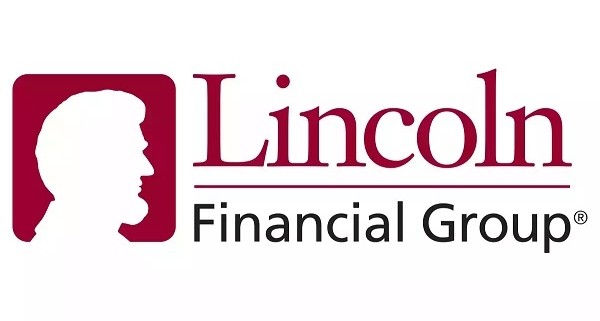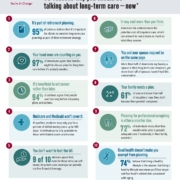In this last hypothetical example, Nancy just wants to make one payment.
She has $100,000 in excess cash or a CD. Her advisor recommends that she use it to purchase a $100,000 single premium policy with a two-year Long-Term Care Acceleration of Benefits Rider (LABR) and a four-year Long-Term Care Extension of Benefits Rider (LEBR). This will provide at least six years of long-term care benefits.
•If she chooses return of premium option 1, and needs long-term care, she could receive up to $519,921 of income tax-free reimbursements for qualified long-term care expenses. Her maximum available benefit is $86,654 per year for 6 years ($7,221 per month).
•If she doesn’t need long-term care, her policy provides a $173,307 income tax-free death benefit that she could pass along to her children, Or if she uses a portion of the death benefit for long-term care expense reimbursements, her children or beneficiaries would receive the balance, income tax-free, (less any loans, withdrawals and benefits paid).
• If she decides she wants a return of premium, she could have $80,000 once all her planned premiums are paid.
•If Nancy chooses Return of Premium Option 2, she could receive up to $478,956 of income tax-free reimbursements for qualified long-term care expenses. Her maximum available benefit is $6,652 per month for 6 years.
•If she doesn’t need long-term care, her policy provides a $159,652 income tax-free death benefit (less any loans, withdrawals and benefits paid), and
•If she decides she wants a return of premium, she could have $100,000 after year 5, once all her planned premiums are paid.
With the return of premium any funds returned will be adjusted for any loans, withdrawals and benefits paid, and may have tax implications.
In summary, Lincoln MoneyGuard® II (Lincoln MoneyGuard 2) offers you the flexibility to fit your financial plans with so many advantages. You get…
•A choice a premium payment options of 1 through 10 years
•Leveraged income tax-free dollars for long-term care
•Leveraged income tax-free death benefit
•Return of premium options
•Inflation protection options (available for an additional cost)
•Premiums that never increase, and
•International benefits
The application process is relatively simple — you review a one page health questionnaire with your financial professional, and if you are eligible to apply, you’ll complete and initial the application, and have an interview over the phone to appraise your health. Based on that phone interview we will either decline or approve you for coverage. It’s that simple! There’s no medical underwriting.
When you need care, it’s good to know that our goal is to approve and pay claims within five days or less after all claims requirements are met.
Feel confident about your future with Lincoln MoneyGuard® solutions — the choice individuals like you have relied on for over 25 years — from a company with more than 100 years of financial stability.
Take the next step to help protect your savings, your lifestyle and your loved ones from the potential risk of long-term care expenses.
Regardless of how you intend to fund your long-term care needs, make an appointment with your financial professional to draw up a long-term care funding plan today.













